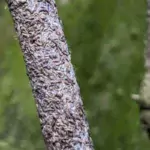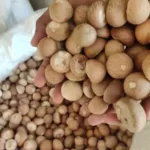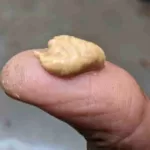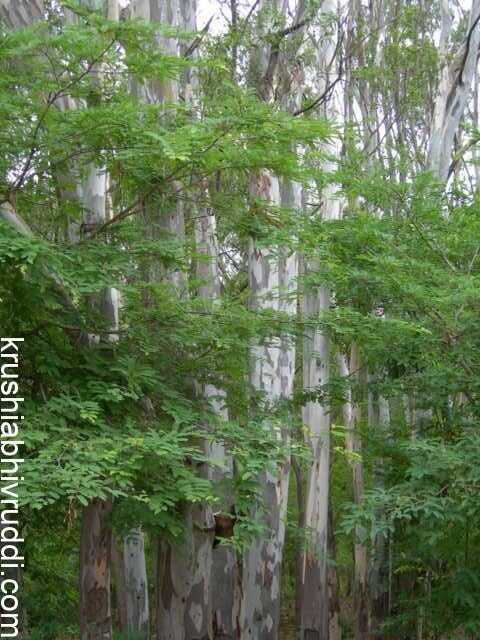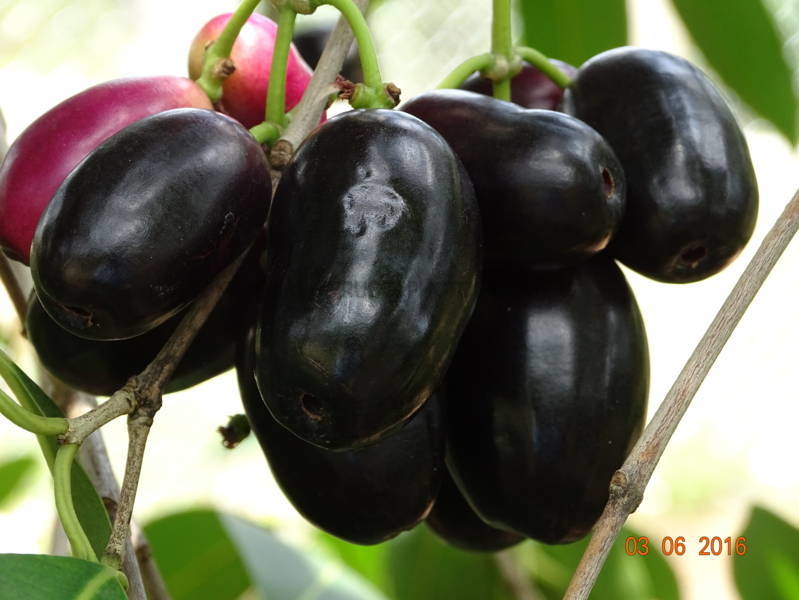Growing teak is not a big thing. Getting quality timber in teak is the most important. Many teak growers do pruning of branches for getting good quality timber, but it is not advisable. It damages the heartwood quality how?
Many Farmers choose teak planting as agro forestry. It is very good timber to grow everywhere. In Kerala, farmers first choice of timber wood is Teak. Teak is considered as ‘The king of timbers’. It is high valued timber wood, famous for its special characters like, light weight, strength, durability and resistance to insect pests like termites, fungal pathogens, physical damages, weather and its smoothness in finishing.
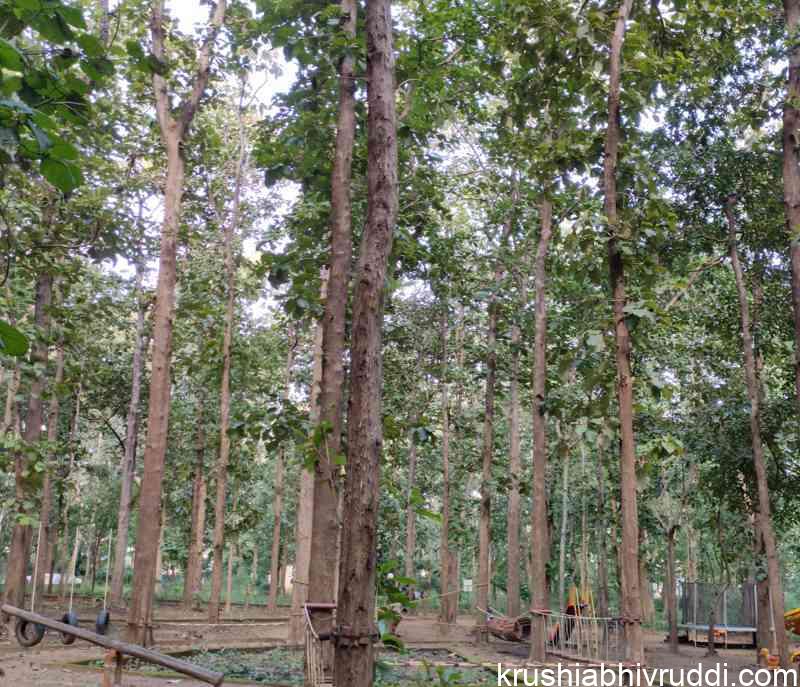
- In cultivated teak, farmers do some maintenance practices like straightening of main wood by pruning of its tertiary branches in unscientific way.
- Here we would like to suggest the farmers, do not prune branches.
- Branches in teak is necessary for its growth and it supports the heartwood quality also.
- How to get good quality timber without pruning of branches. Here are the main points.
Factors affecting the quality of teak:
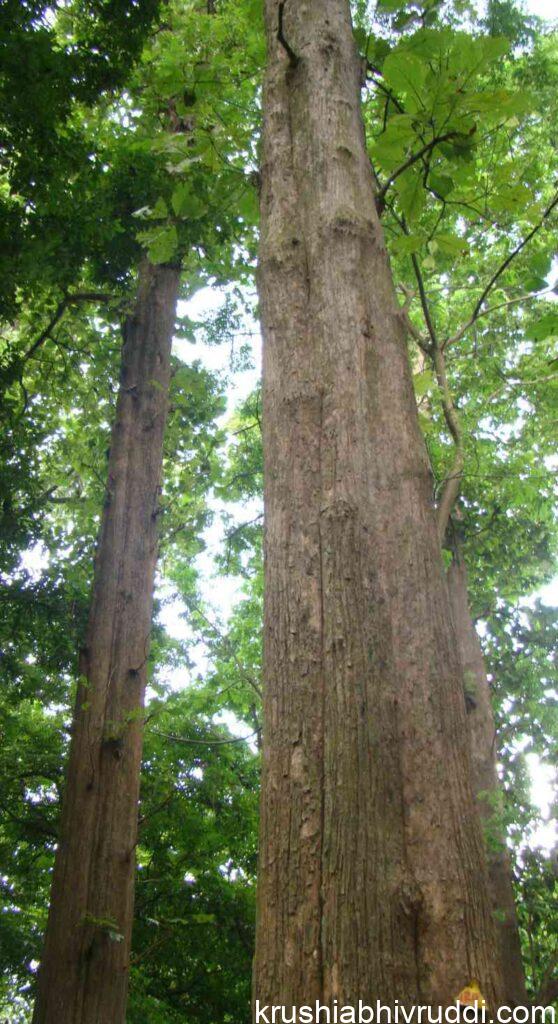
- In timbers main problem is to get good quality heart wood.
- We can’t find it in standing trees. Because of man made damages and environmental factors heartwood portion will damage.
- Heartwood damage is like hole in main heartwood, crack inside etc.
- It is because of physical damage in growth period.
- Physical damage is one of the major problem for fungal infestations which resulting in heavy damage of the wood afterwards.
- Most of the time, damage is invisible because it lies inside.
- After cutting the tree only we will came to know the quality of wood.
- Sometime defects may be genetical also.
- But most of the time, external factors like human interference by cutting the young branches, wrong silvicultural practices and entry of pathogens during improper method of pruning affects a lot.
- These defects not only visible in teak but also in all types of timber woods.
- All these defects in timber woods, mainly affects the quality of the wood.
Pruning is Unscientific:
- Pruning and thinning were the general practices in teak wood plantations.
- Later through research conducted by scientists, it was found that wood quality is badly affected by pruning.
- Unscientific method of pruning leads to the cavity formation due to the fungal infestation thereby wood losses its value.
- So it was discontinued. In unavoidable circumstances there was some methods to prune it.
- One feet far from the emerging bud is little bit advisable.
- Naturally when plant gets growth automatically its branches dies , there was no damage to heartwood.
Thinning is very important:
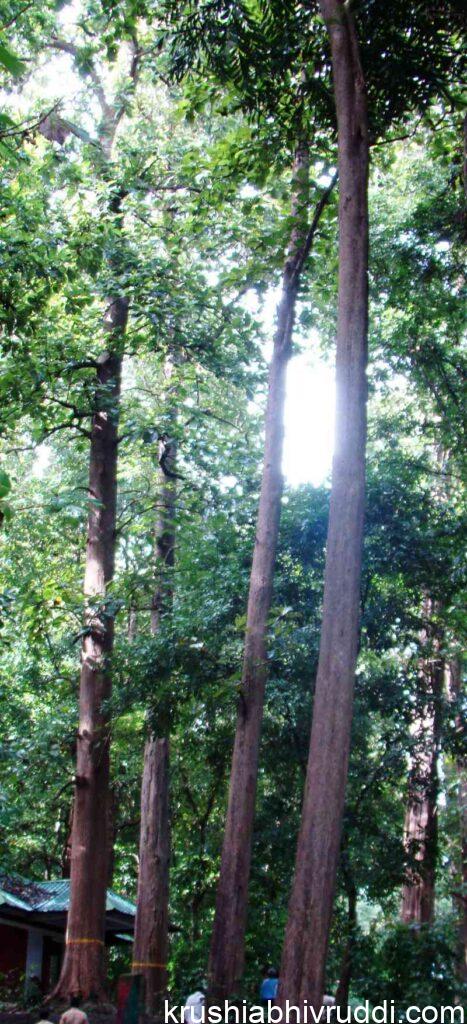
When we plant any tree species in plantation method, it is advised to plant it in close dense. This leads to competition among them. After few years of growth, frequently one by one raw is cleared.
- Thinning of the plantation must be done to get a best value added timber .
- Dense canopy usually reduce the sunlight availability.
- There is also a less chance of even distribution of sunlight to all the trees.
- Also there is a competition exist for nutrition among the trees.
- It hinders the growth of the trees. Some of the trees shows stunted growth, tapered stem, scarred stem.
- Such trees should be identified and removed during thinning process.
- Sometime trees showing good growth also should be removed in order to provide sunlight to the remaining trees.
- To overcome all these problems, at a interval of five years, after planting the teak stump, thinning should be done.
- Till four to five years, we should not touch any lateral branches.
- Let them allow to grow. On fifth year, it is better to cut the trees of alternate rows.
- These can be used for making some agricultural implements.
- On tenth year once again we have to cut 50% of trees.
- On tenth year, very little heartwood develops.
- Those trees can be used for making some tools.
- We should not remove lateral branches.
- Removing lateral branches in timber trees is the main reason for the entry of pathogens.
- If we continue this type of thinning practice till 20 years.
- There is no limitation for maturity for teak.
- After 40 years you can cut as you wish.
- After 20 years growth will be faster, increase in the girth size and uptake of nutrients also more.
- If we allow the leaf litter to decompose at the plantation site, nutrient enrichment is possible.
- The trees will get micronutrients from their own debris.
- Usually same result we can observe in forest.
- In forest, leaf litter only supply the nutrients after its decay by soil fungi and bacteria.

Teak is like cumulative deposit in the bank. Interest rate ten times more than banks. So do not hurry to cut your planted tree in few years. As you wait more the return is more. By thinning proper way and nourishing in initial stage, not disturbing branches, the heartwood qualtity will increase. We can observe this in Kannoli plantations in Nelamboor, Mallapuram district of Kerala.
By Dr. Rajeshwari K R.

